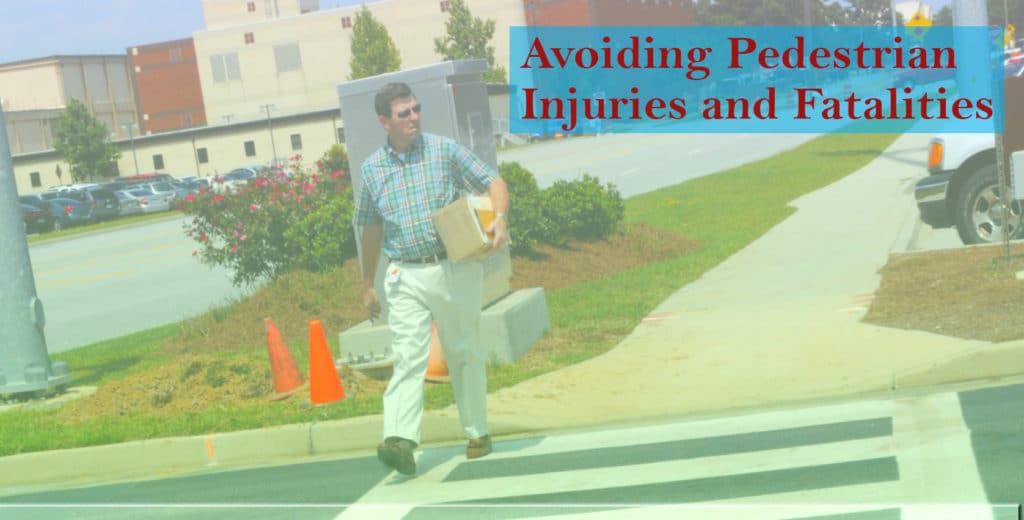The 2019 Dangerous by Design report from Smart Growth America (SGA) reveals a disturbing increase in pedestrian fatalities. More than 49,000 pedestrians were killed throughout the U.S. between 2008 and 2017. Across that 10-year period, the annual number of fatalities climbed from 4,414 to 5,977—an increase of more than 35%. By 2017, pedestrian deaths made up 16% of all traffic fatalities. More than 100,000 additional pedestrians are injured by motor vehicles each year.
Both New Hampshire and Massachusetts rank low on SGA’s pedestrian danger index, coming in 44th and 46th respectively. But, as recent news reports highlight, the local risks are very real.
In February, a 40-year-old woman walking in a Somerville, Massachusetts crosswalk was killed by a hit and run driver. A second pedestrian was also injured. Just a month later, a Lowell pedestrian was left seriously injured and bleeding by another hit and run driver. The Lowell victim survived but, as of this writing more than a month after the accident, remains hospitalized.
Fortunately, these risks can be significantly reduced. Most pedestrian accidents, like most other motor vehicle crashes, are avoidable. However, improving pedestrian safety requires that both drivers and pedestrians themselves take greater care.
Distractions Drive Pedestrian Accidents
Distraction is one of the most common causes of motor vehicle-pedestrian accidents. Distracted driving is an obvious problem that can lead a driver to make many errors, including:
- Missing a traffic light changing or noticing the change belatedly
- Failing to see a pedestrian entering an intersection
- Not spotting someone stepping out from between parked cars in time to react
- Not seeing a child running into the road
- Inadvertently swerving onto the shoulder of the road or other pedestrian area
However, what many people don’t realize is that pedestrian distractions can be just as dangerous. For instance, a pedestrian who is texting or otherwise engaging with a mobile device is not alert to surrounding traffic. A distracted pedestrian may cross against a traffic signal, fail to notice a car turning or changing lanes, or recognize a dangerous situation like a swerving vehicle too late to take defensive action.
In short, both drivers and pedestrians can significantly reduce the risks of a pedestrian being hit by a car or other motor vehicle by simply avoiding distractions and paying closer attention.
Of course, many other factors impact the risk to pedestrians. These include:
- Speeding, which not only increases the risk of hitting a pedestrian, but also increases the likelihood of serious injury or death
- Drivers edging into the crosswalk at a red light or when waiting to make a turn
- Pedestrians crossing against the light or in the middle of the street
In some cases, pedestrian risk is increased by factors outside the control of either the pedestrian or the driver—factors such as intersection design, duration of traffic lights, barriers to visibility, and even weather conditions. It’s important to note, though, that even when other risk factors are present, vigilance decreases the risk of a motor vehicle hitting a pedestrian.
After a Pedestrian Accident
If you have been hit by a car while walking or have lost a loved one to a pedestrian accident, you may be entitled to compensation—even if you were partially responsible for the accident. An experienced personal injury attorney like Kevin J. Broderick can be your best source of information about possible responsible parties, what to expect when pursuing a personal injury claim, and the extent of damages that may be available.
Some common damages in pedestrian accident cases include medical expenses, lost income, and pain and suffering.
Educating yourself about your rights and options is the first step toward pursuing fair compensation. Call 978-459-3085 to schedule your free consultation.

